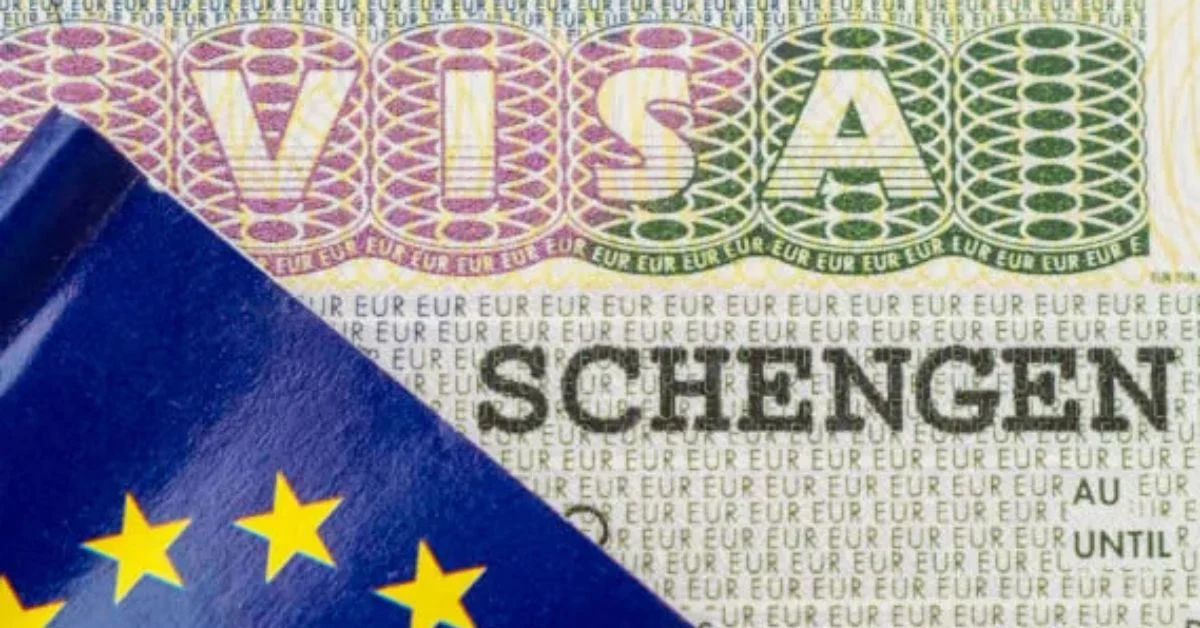Travelers often search for clarity about the Schengen is in which country question. If you’ve found yourself wondering the same, you’re not alone! With over 2.9k monthly searches for this exact query, it’s clear that the concept of the Schengen Area can be confusing, especially for first-time visitors to Europe. In this comprehensive guide, we will break down what the Schengen Area is, how it works, and why it doesn’t belong to a single country. Get ready for a deep dive into everything you need to know about the Schengen is in which country topic.
What Is the Schengen Area?
Before we can answer the “Schengen is in which country” query properly, it’s important to understand what the Schengen Area actually is. The Schengen Area is a zone comprising 29 European countries that have agreed to eliminate internal border controls between them. This means that once you enter one Schengen country, you can travel to the others without undergoing additional border checks.
The term “Schengen” comes from the 1985 Schengen Agreement, signed in the village of Schengen, Luxembourg. This historic agreement laid the foundation for one of the world’s largest areas of free movement.
Is Schengen a Country?
The straightforward answer to the popular search “Schengen is in which country” is: Schengen is not a country. It is a zone made up of multiple countries that participate in a common travel area. Think of it as an association or union, rather than a standalone country.
The confusion arises because the term “Schengen” sounds like it could be a country’s name, but it is, in fact, the name of a small village in Luxembourg where the agreement was initially signed.
Countries That Are Part of the Schengen Area
To really address the question “Schengen is in which country,” let’s list the 29 countries that form the Schengen Area as of 2025:
- Austria
- Belgium
- Croatia
- Czech Republic
- Denmark
- Estonia
- Finland
- France
- Germany
- Greece
- Hungary
- Iceland
- Italy
- Latvia
- Liechtenstein
- Lithuania
- Luxembourg
- Malta
- Netherlands
- Norway
- Poland
- Portugal
- Slovakia
- Slovenia
- Spain
- Sweden
- Switzerland
- Bulgaria (joined 2024)
- Romania (joined 2024)
Each of these countries has agreed to abide by the terms of the Schengen Agreement, ensuring seamless travel across their borders.
Why Do People Get Confused About Schengen?
The search term “Schengen is in which country” reveals a broader confusion among travelers. The primary reasons are:
- Name Confusion: Schengen sounds like it could be a European country, especially if you’re not familiar with European geography.
- Visa References: People often apply for a “Schengen Visa,” which sounds like a visa for a specific country rather than a collective travel zone.
- Geographic Complexity: The Schengen Area includes non-EU countries like Norway and Switzerland, while some EU countries like Ireland are not part of it.
Understanding that the Schengen Area is a collaborative agreement between multiple countries clears up the misconception behind “Schengen is in which country.”
What Is a Schengen Visa?
A Schengen Visa is a short-term visa that allows the holder to travel within the Schengen Area for up to 90 days within a 180-day period. This visa covers all countries within the Schengen Area.
Applying for a Schengen Visa does not mean you are visiting a country called Schengen; rather, it gives you access to multiple European countries that are part of the agreement.
You can apply for a Schengen Visa at the embassy or consulate of the country you plan to spend the most time in or, if there is no main destination, the country of first entry.
Where Is the Village of Schengen?
Since the question “Schengen is in which country” often pops up, it might be interesting to know that Schengen is a real place! It is a picturesque village located in southeastern Luxembourg, near the borders of Germany and France.
The Schengen village became symbolic because of the signing of the Schengen Agreement there, underlining the unity and cooperation between European countries.
Schengen Area vs European Union (EU)
Another common misunderstanding linked to “Schengen is in which country” is the relationship between the Schengen Area and the European Union.
- Not all EU countries are in Schengen: Ireland, for example, is an EU member but opted out of Schengen.
- Not all Schengen countries are in the EU: Norway, Switzerland, Liechtenstein, and Iceland are Schengen members but are not EU members.
This separation further fuels the confusion, making it essential to clarify that Schengen and EU membership are not identical.
Future Expansion of the Schengen Area
The Schengen Area is dynamic and continues to expand. Bulgaria and Romania, for instance, fully joined the Schengen Zone in 2024, allowing free travel by air and sea (land borders integration is pending).
As political landscapes change, the Schengen Area may further evolve, welcoming more countries into this unique agreement.
Stay updated through reputable sources like SchengenTravel.News for the latest changes and news.
Why Is the Schengen Area Important?
The Schengen Area offers numerous benefits:
- Ease of Travel: Tourists and business travelers can move seamlessly between countries without border checks.
- Economic Boost: Free movement supports trade, tourism, and economic cooperation.
- Cultural Exchange: Travelers can experience diverse cultures without administrative barriers.
Understanding the value behind the Schengen Area also helps clarify why “Schengen is in which country” is a less accurate way of thinking and why it should instead be seen as a collaborative space.
Tips for Travelers to the Schengen Area
If you’re planning to visit the Schengen Area, keep these tips in mind:
- Travel Insurance: Mandatory for Schengen Visa applicants. Learn about it here.
- Plan Your Entry and Exit: Respect the 90/180 rule to avoid overstaying.
- Currency Awareness: Although most Schengen countries use the Euro, some (like Switzerland) use their own currencies.
Always check the specific entry requirements and travel advisories before your journey.
Conclusion
In short, to answer the common question “Schengen is in which country“: Schengen is not a country. It is a zone made up of 29 European countries that have eliminated internal border checks to allow for seamless travel. The Schengen Area represents unity, cooperation, and the spirit of open borders in Europe.
Understanding this helps travelers better plan their European trips, ensuring smooth, exciting journeys across diverse cultures and landscapes. Remember, Schengen is a concept, a promise of free movement, and not a country to visit!
FAQs
What country does Schengen belong to?
Schengen is a village in Luxembourg, but the Schengen Area itself belongs to no single country. It is a cooperative agreement among 29 European countries.
Do you need a visa to visit Schengen?
Yes, travelers from certain countries need a Schengen Visa to enter the Schengen Area. Citizens of visa-exempt countries do not need one for short stays.
Is Schengen part of the European Union?
While many Schengen countries are EU members, the Schengen Area also includes non-EU countries like Norway and Switzerland.


